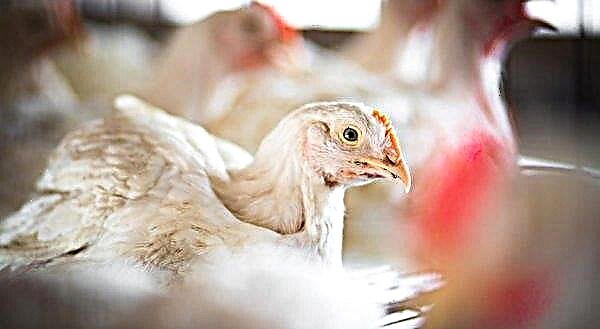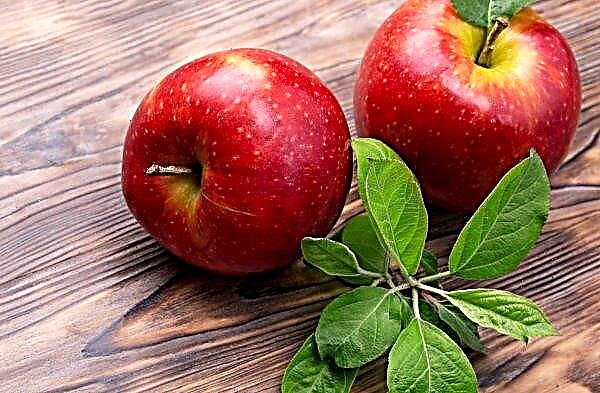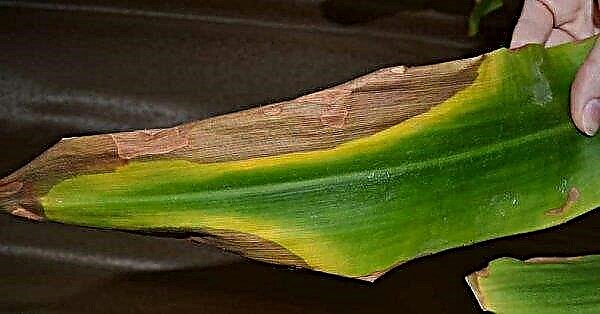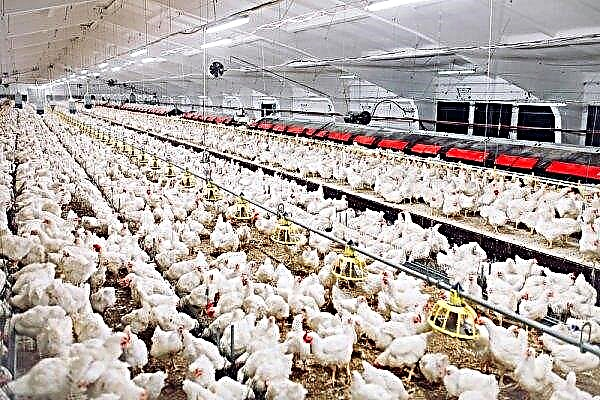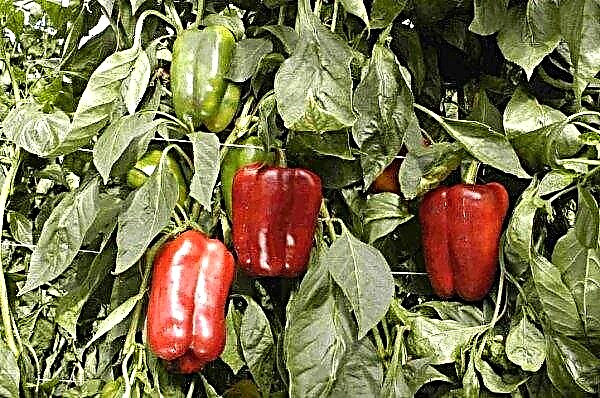Everyone knows about the benefits of honey and its healing properties in all sorts of colds. However, it is worth remembering that this product can cause allergies, especially in young children, so it is important to understand at what age and how much of this product can be given to babies.
Is it possible for children to honey
There are many opinions about whether to give a beekeeping product to children. And here the answer is unequivocal - it is necessary, but it is important when it starts to be entered into the child’s menu. The mother feeds the newborn with breast milk, which fully satisfies the needs of the growing body, but when switching to complementary foods, which occur at about 6 months of age, it is necessary to balance the diet so that the baby does not feel a nutrient deficiency.
How old can a child be given honey
Regarding the question of at what age a beekeeping product is introduced into the diet, the following recommendations can be distinguished:
- prohibited up to a year;
- from 1 to 3 years - not recommended, but you can occasionally enter 0.5 tsp. per day for several receptions;
- from 3 to 5 years - 10 g per day in several doses;
- from 6 to 9 years - 30 g per day;
- from 9 to 15 years - up to 70 g per day.
The product is introduced gradually, in small portions that do not exceed half a teaspoon per day. Add the ingredient to porridge or drinks.Important! It is necessary to carefully monitor the reaction of the child's body to honey. Any redness, rashes, digestive upsets - a reason to stop feeding him.
Video: From what age can honey be eaten
Honey Properties for Children
Everyone knows about the benefits of the product, but what exactly is it so famous for, consider in more detail.
Benefit
- Entering the body, honey is able to beneficially affect the following processes:
- Increases immunity. It contains vitamin C and carotene, which strengthen the body's defenses.
- Improves blood composition by increasing hemoglobin.
- It has a calming and relaxing effect. A honey drink taken before bedtime will help you fall asleep quickly and sleep soundly all night.
- Beneficial effect on the digestive tract: food is easier to digest and assimilate. Prevents the development of putrefactive processes.
- It is an antiseptic that is used for stomatitis.
- It is used as a diaphoretic and antipyretic.
- Increases the digestibility of calcium and magnesium, which is important during the growth period.
- Improves eyesight.
- Eliminates enuresis.
Possible harm and contraindications
- The answer to the question why it is impossible to give honey to a monthly child up to one year of age, the following contraindications will serve:
- allergy;
- the product can be a source of spores of the causative agent of botulism, which fell into the nectar during collection;
- negatively affects the oral cavity: fructose, which is part of the composition, provokes the development of caries, so after eating honey, you need to rinse your mouth.
How much honey can a child give
The amount of product consumed depends on age. So, for children aged one to three years, the dose should not exceed half a teaspoon, divided into 2-3 doses. From 3 to 5 years, they feed a little more than a tablespoon, also dividing this amount several times. Schoolchildren from 6 to 9 years old are given about 3 tbsp. per day, and from 10 years - about 5 tbsp. l
Features of the introduction of honey in the children's diet
A major role in the body's acceptance of the product is played by how it will be introduced into the diet. To begin with, you can add a few drops of honey in water, and then introduce a little into the usual dishes, gradually increasing the dosage. After a month of eating a sweet supplement, you need to take a 3-week pause.
How does an allergy to honey manifest
Allergic reactions to this product are manifested already half an hour after its administration.
A number of body systems react to an irritant:
- Respiratory organs - sore throat, cough, sneezing, transparent discharge from the nasal cavity.
- Leather - redness, swelling, rashes.
- Gastrointestinal tract - cramping, nausea, vomiting, bloating, diarrhea.
- Mucous membranes - edema of the integumentary tissues of the tongue, mouth, and larynx.
- Organs of vision - swelling of the eyelids, tearing.
 To check for allergies, you need to take a series of simple steps:
To check for allergies, you need to take a series of simple steps:- A small amount of nectar is placed on the tongue and kept until it is completely dissolved. At the first manifestations of discomfort, rinse the mouth with plenty of water.
- You can check the reaction on the skin by applying a small amount of product on the wrist. Withstand such a “compress” for about 30 minutes and evaluate the appearance of the skin.
How to choose honey for a child
First of all, natural species of nectar should be preferred. Of these, buckwheat and lime are considered the most useful. Product quality is assessed by the following criteria:
- It should be fragrant, without any extraneous notes in the aroma.
- This product is easily absorbed into the skin: just apply it on your fingers and look at the result.
- Regardless of color, honey should be transparent and free from sediment.
Now you know everything about the benefits and dangers of a honey product, how it is useful and what negative aspects it has, as well as which species is better and how to check its naturalness. It is important to remember that this product is not recommended for children under one year of age: whether it is a two-month-old baby or a baby of 8-10 months.Did you know? If the heated stainless spoon is lowered into a jar of natural honey, then it will drain down without leaving a trace.
 Form your child’s diet correctly, follow the above recommendations and honey will only benefit your baby.
Form your child’s diet correctly, follow the above recommendations and honey will only benefit your baby.






